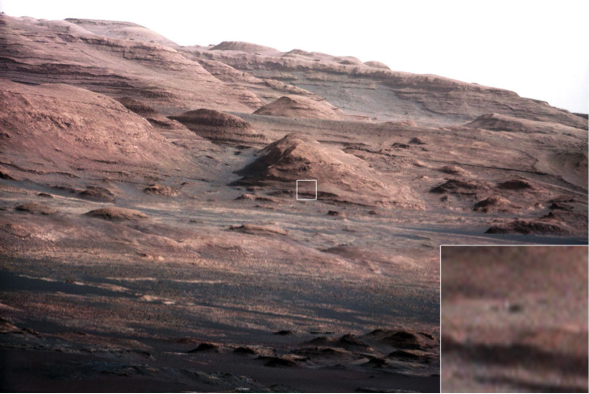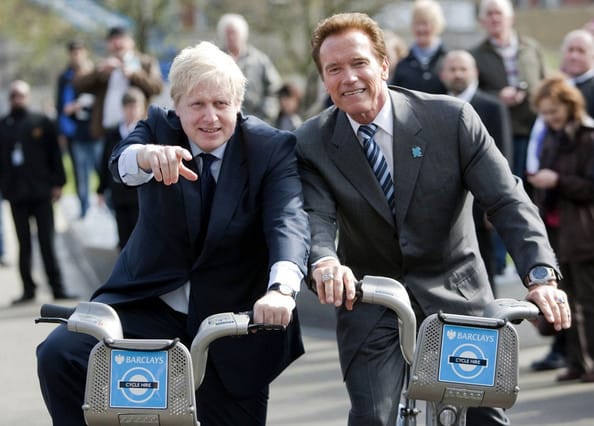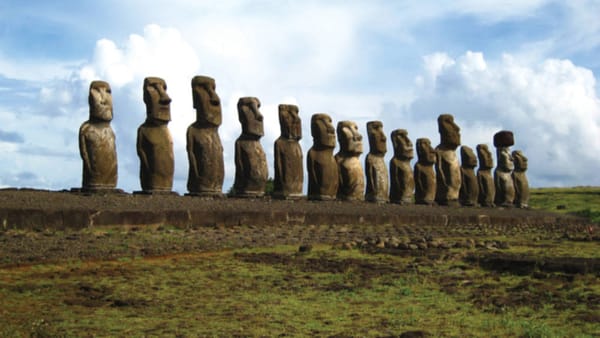Buried moon water resurfaces
Rocks at the surface of the Moon bear the signs of water from deep below, scientists have discovered. Marion Ferrat takes a closer look at where this water comes from and how scientists can detect it.

Scientists have detected water locked in minerals deep inside the Moon using satellites. This discovery suggests that the Moon’s interior may not be as dry as previously thought.
Until now, water detected on the Moon was believed to have formed by processes external to the Moon itself: either brought by comets and other space rocks, or formed by interactions between the Moon’s surface and solar winds, streams of charged particles emitted from the surface of the Sun.
By analysing data from the Moon Mineralogy Mapper, or M3, Rachel Klima from the John Hopkins University in the United States and her team found evidence for water bound to minerals (what geologists call magmatic water), deep inside the Moon. The results were published last month in the journal Nature Geoscience.
There are two ways to determine the chemical and mineralogical composition of other planets and bodies in the solar system. The first is to analyse samples from these bodies. Samples can either be taken directly by missions such as the early Apollo ones on the Moon, or can come from space debris collected on Earth, such as meteorites.
The second way uses data from satellites to infer the surface composition of planetary bodies. Satellites contain instruments that can take images of planetary surfaces and record the light reflected back at them. Different surfaces will reflect light differently and the characteristics of this reflected light (what we call spectral characteristics) can help scientists determine the chemical and mineralogical composition of the surface under study.
The research team used the M3 aboard the Indian Chandrayaan-1 satellite to take a closer look at the spectral characteristics of Bullialdus Crater, a 61 km-wide hole located in the Moon’s southern hemisphere. Like other craters on the surface of the Moon and other planets, Bullialdus is the remnant of an ancient impact.
Bullialdus is interesting to planetary scientists because it presents features and minerals different to its surroundings. From the centre of the crater rises a mountain. This central peak, scientists believe, could be made of much deeper rocks brought to the surface during the impact. Such impact processes allow scientists to analyse rocks that would otherwise be out of reach, deep inside the planetary body.
The M3 data of the crater’s surface revealed that the centre of Bullialdus contained large amounts of hydroxyl, a chemical group linked to water. The signal was only detected in the rocks of the crater’s central peak and was much stronger than hydroxyl signals linked to solar winds found elsewhere on the Moon.
The geological and spectral characteristics of the peak, the researchers say, show that these water-related molecules are not the result of solar-wind interactions but are most likely bound to original lunar minerals, which were brought to the surface during the impact.
This is the first time that such magmatic water has been detected using satellites. It challenges previous models for the formation of the Moon, which assume a largely dry lunar interior.
Understanding the evolution of the Moon is important as its formation is intrinsically tied to that of the Earth. It is generally accepted that the Moon was formed when a giant Mars-sized body collided with Earth, ripping off material from its surface to form our satellite.
Another big question is whether the Moon and other planets could one day be colonised and their resources utilised for human life. Knowing where and in what form water is present will be crucial for future scientists and engineers planning sustainable missions on these extra-terrestrial bodies.








